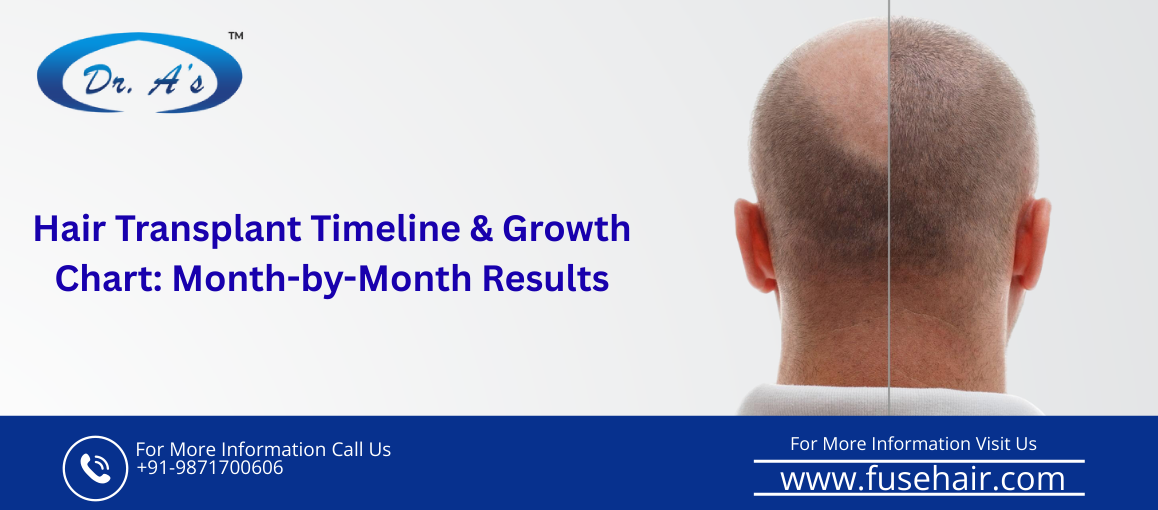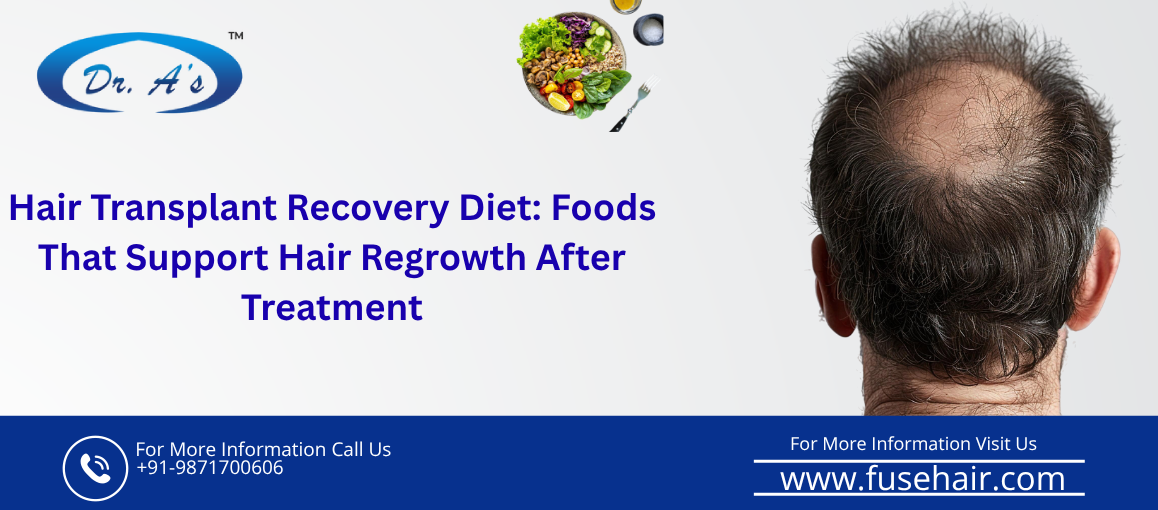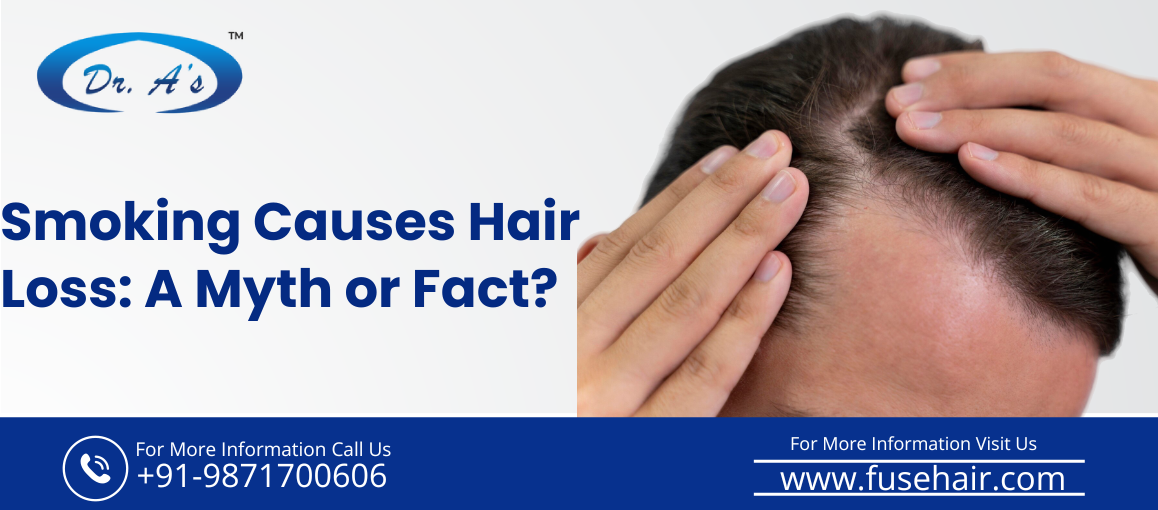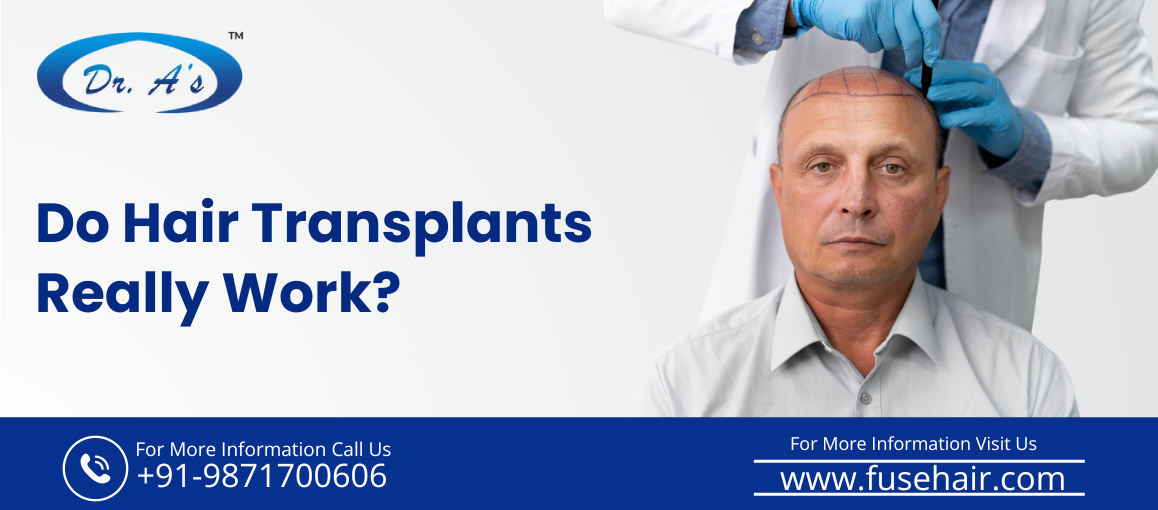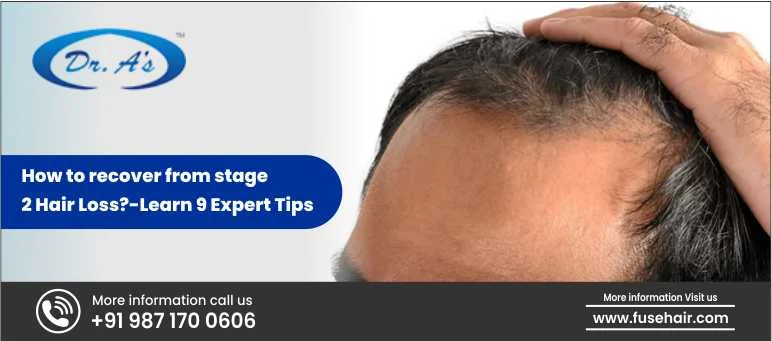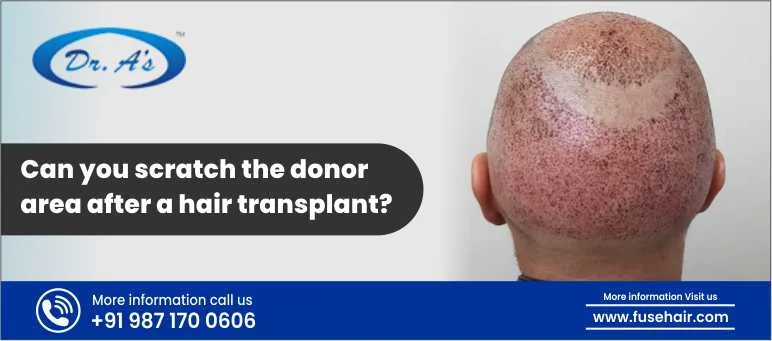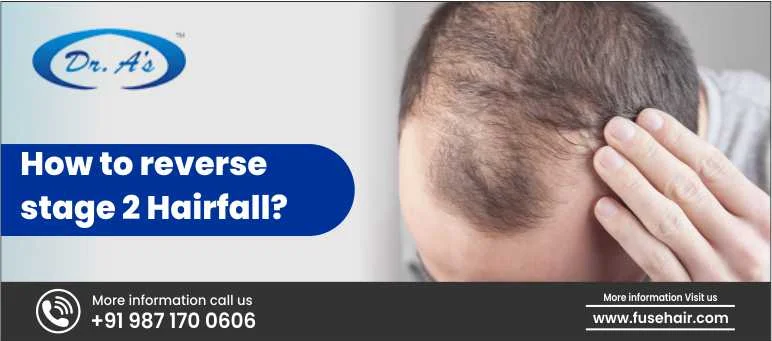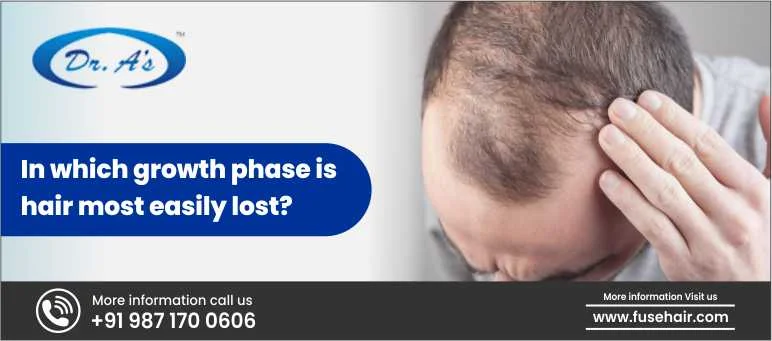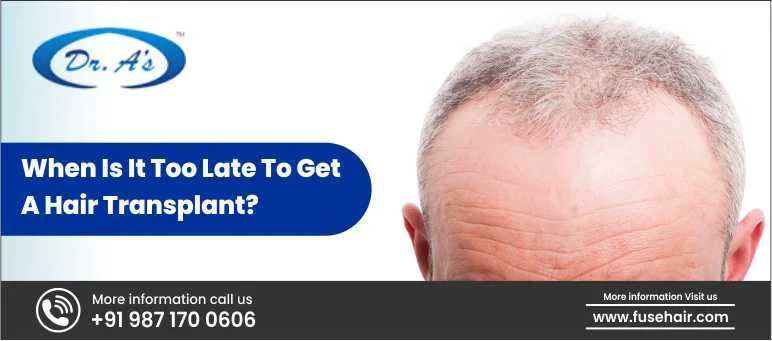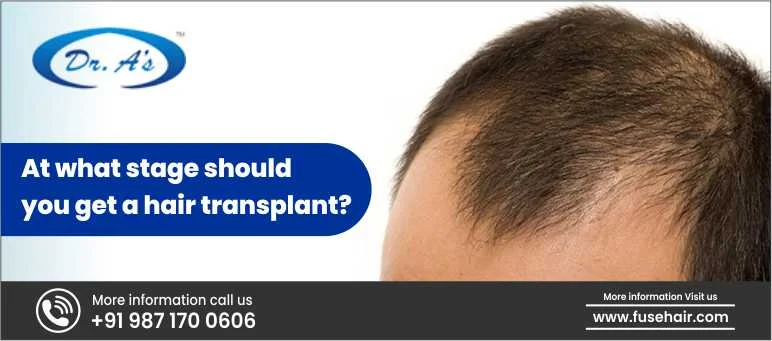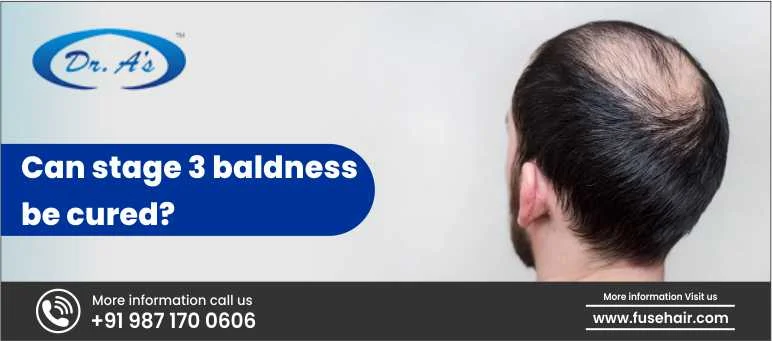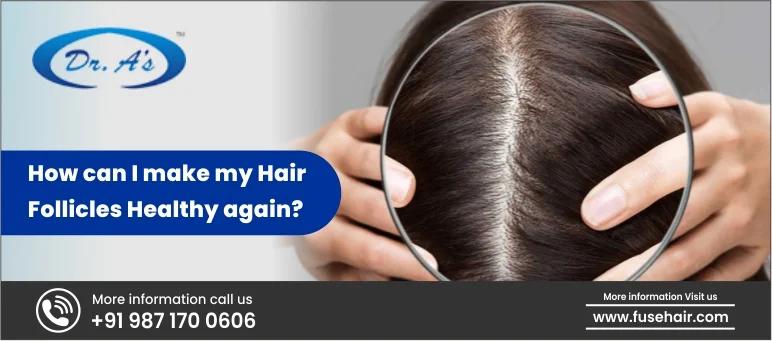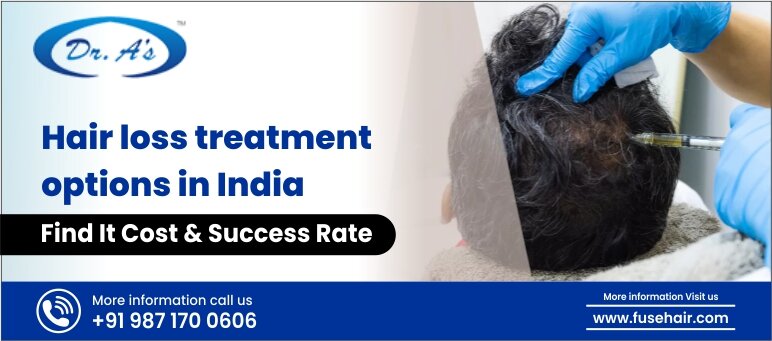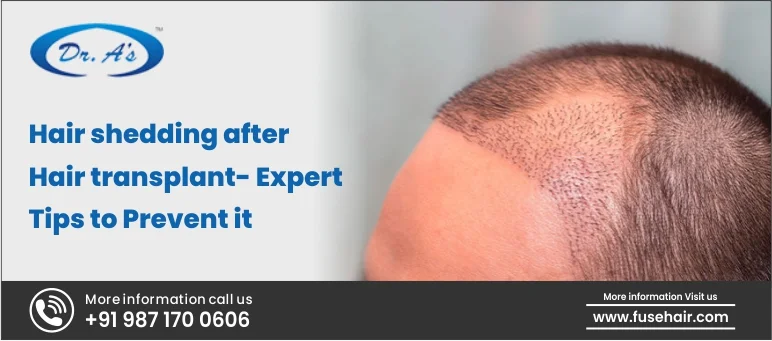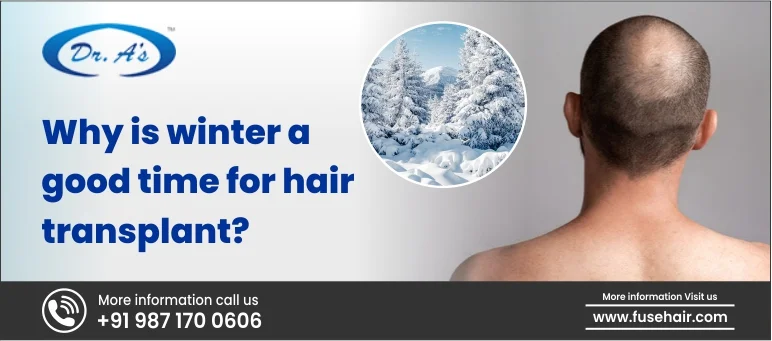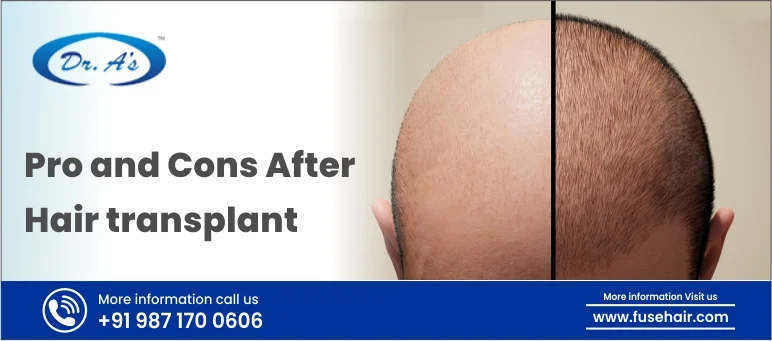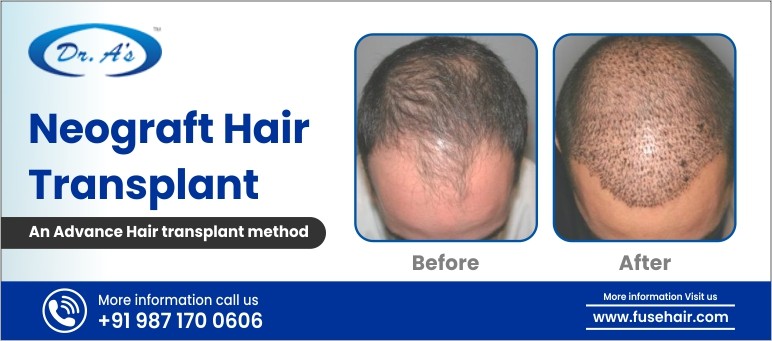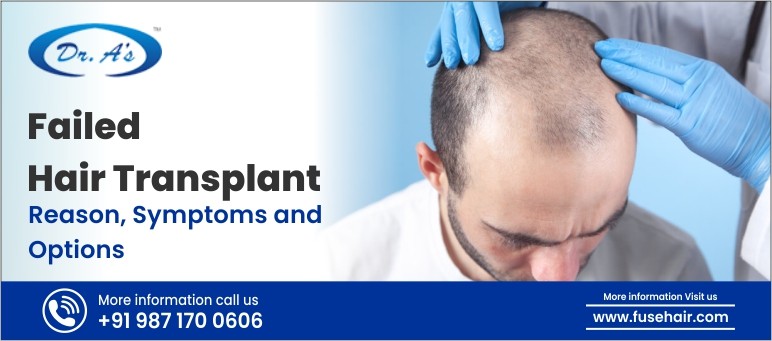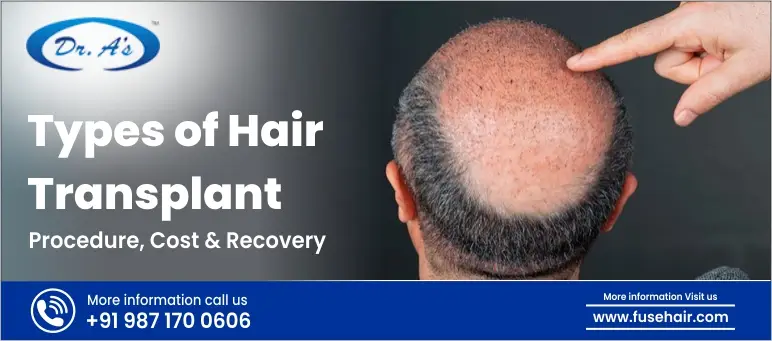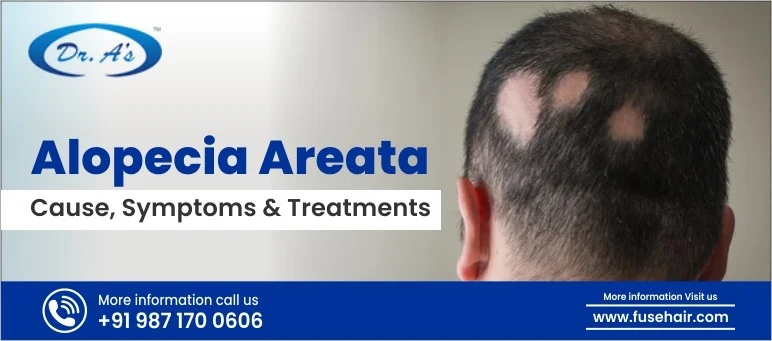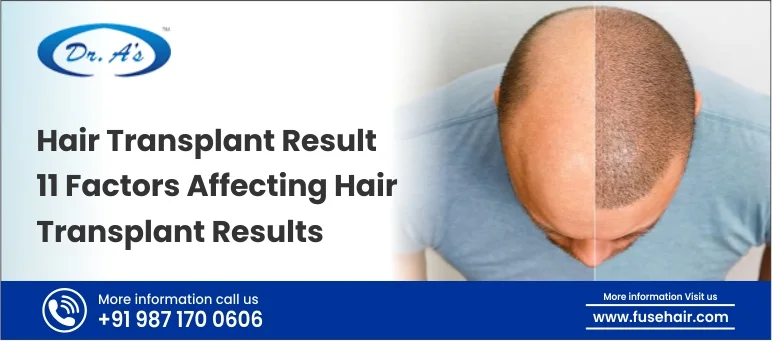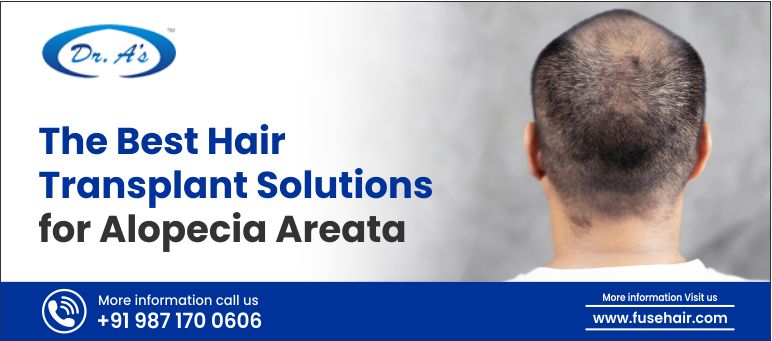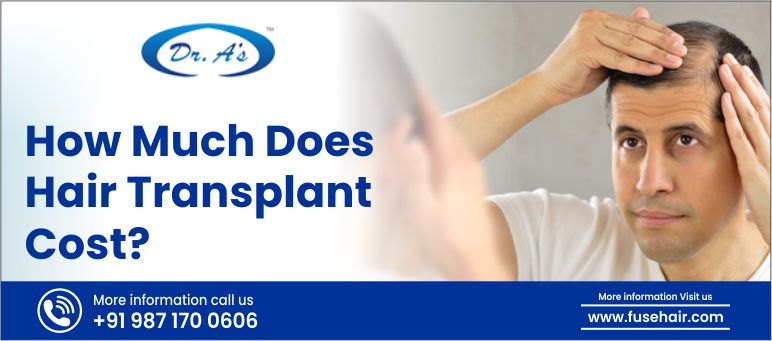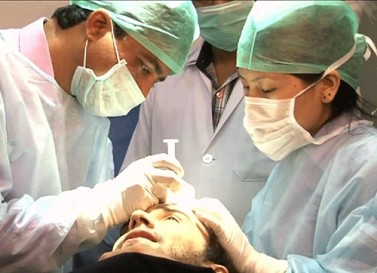
Choosing the right time for a hair transplant can significantly impact hair transplant success and recovery. Among the seasons, winter stands out as an opportune period for this transformative procedure. As temperatures drop and activities tend to slow down, the colder months offer an ideal environment for post-surgery healing. Winter’s lower humidity levels and reduced sun exposure can enhance recovery, making it an advantageous time for those considering hair restoration. Delving into the benefits specific to this season illuminates why winter might just be the optimal season to embark on the journey of hair transplant surgery.
Which Season is The Best For Hair Transplant?
Winter emerges as the prime season for a hair transplant due to several factors that promote optimal recovery. While other seasons, like summer or rainy periods, might seem viable, they come with challenges that impede the healing process.
During summer, the higher temperatures and intense sunlight pose challenges for hair transplant recovery. Sweating increases, potentially affecting the healing grafts by creating a moist environment that’s conducive to bacterial growth. Moreover, outdoor activities increase the risk of exposing the scalp to dust, pollutants, and sweat, potentially interfering with the delicate healing process of the transplanted area. UV exposure during summer can also be harmful, leading to increased sensitivity and potential damage to the healing scalp, making it more prone to complications. All these factors combined create a less favorable environment for optimal healing compared to the milder conditions experienced during other seasons.
During rainy seasons, elevated humidity levels can pose challenges for post-hair transplant recovery. High moisture content in the air creates an environment where bacteria thrive, increasing the risk of infections around the healing grafts. The scalp, in this humid environment, becomes more susceptible to microbial growth, potentially leading to complications.
Additionally, the unpredictable nature of rainy weather may restrict outdoor activities, affecting post-surgery care routines. Sudden downpours or damp conditions could make it challenging to adhere to the recommended aftercare protocols, such as keeping the scalp dry during the crucial healing phase.
Contrarily, winter offers lower temperatures, reduced UV exposure, and decreased humidity, creating an optimal environment for the scalp to heal. The slower pace of winter activities minimizes the risk of accidental damage or exposure to harsh elements, contributing to a smoother recovery process. This will also reduce any extra hair transplant cost.
Benefits of Hair Transplant in Winter
Opting for a hair transplant during the winter season offers numerous advantages that facilitate a smoother and more comfortable recovery process. From providing optimal healing conditions to minimizing sun exposure and reducing physical strain, the winter months present an opportune time for individuals seeking hair restoration procedures to undergo treatment and achieve favorable results. The combination of cooler temperatures, reduced sunlight, and decreased activity levels creates an ideal environment for successful hair transplantation and recovery. Below we have detailed all the benefits of hair transplant.
-
Ideal Healing Conditions
Winter provides an optimal environment for the healing process after a hair transplant. With cooler temperatures, there’s reduced exposure to direct sunlight, which is beneficial as excessive sun exposure can potentially harm the transplanted area. The lower temperatures also help in minimizing sweat and preventing bacterial infections, aiding the healing process and reducing the risk of complications.
At Dr. A’s Clinic, the expertise of Dr. Arvind Poswal and Dr. Raghav Poswal shines in every step of your hair transplant journey. They will not only offer you all the help before your hair transplant but also be with you after the transplant and guide you on the healing conditions and steps you ought to take, with all the information on benefits of hair transplant surgery in winter.
-
Reduced Sun Exposure
One of the key advantages of undergoing a hair transplant during the winter months is the decreased exposure to harmful UV rays. UV rays can have detrimental effects on the sensitive skin of the scalp, potentially leading to complications such as redness, swelling, or increased sensitivity in the transplanted area. Winter’s reduced sunlight exposure allows the scalp to heal without the risk of sun damage.
-
Covering Up Post-Procedure
During the colder months, it’s easier to cover the scalp post-surgery. Wearing hats or beanies is more comfortable and socially acceptable in winter, aiding in protecting the transplant area from external elements and reducing the risk of infection. This also helps maintain privacy, allowing individuals to conceal any signs of the procedure comfortably during the initial healing phase.
-
Reduced Sweating
Winter’s cooler temperatures result in reduced sweating compared to warmer seasons. Sweating can potentially irritate the scalp and increase the risk of infection post-transplantation. With lower temperatures, there’s less likelihood of excessive perspiration, providing a more conducive environment for the healing process.
-
Less Physical Activity
Winter often brings a decrease in outdoor physical activities due to colder weather conditions. Reduced physical exertion and outdoor activities can benefit the healing process after a hair transplant. Rest and minimal physical strain are crucial during the initial recovery phase, and the winter season often naturally encourages a more sedentary lifestyle, which is advantageous during the healing period. Hence, winter offers such benefits as fue hair transplant.
-
Easier Maintenance
Winter months usually involve less exposure to swimming pools, beaches, or activities that involve extensive contact with water. This reduction in water exposure can simplify the post-transplant care routine. Patients are often advised to avoid getting the scalp wet for a certain period after the procedure to allow proper healing. The winter season’s lower humidity levels can also aid in the drying process of the scalp without causing discomfort.
-
Longer Healing Period
Given the reduced social activities and the tendency to stay indoors during winter, individuals often have more time for rest and recovery. This prolonged period of relaxation and reduced stress levels can contribute positively to the healing process, allowing for a more thorough and comfortable recovery after the hair transplant surgery. You will also not need to have any additional hair transplant cost since the chances of complications are minimal.
-
Planning for Summer Results
Undergoing a hair transplant during winter allows for ample time for the transplanted hair follicles to establish and grow before the onset of summer. By the time warmer weather arrives and outdoor activities increase, the new hair growth will likely have progressed significantly, enabling patients to confidently showcase their improved appearance without worrying about the impact of the procedure on their summer plans.
Conclusion
Therefore, considering weather for hair transplant recovery is crucial as temperature extremes, sunlight exposure, humidity, and seasonal activities directly impact healing. Optimal weather conditions, like cooler temperatures in winter, reduce complications, minimize infections, and create an ideal environment for successful post-transplant recovery. Hence, winter offers various benefits of fue hair transplant.
At Dr. A’s Clinic, renowned experts Dr. Arvind Poswal and Dr. Raghav Poswal offer invaluable guidance throughout your hair transplant journey. Their expertise aids in selecting the ideal season for the procedure, considering weather nuances for optimal recovery. Their personalized approach ensures a seamless transplant experience tailored to individual needs and favorable environmental conditions.
FAQS
Is winter the best time for a hair transplant?
Yes, winter’s benefits of hair transplant due to its lower temperatures create an optimal environment for post-transplant healing. Reduced sun exposure minimizes risks, fostering a conducive setting for graft recovery, making it an ideal time for the procedure.
How does winter minimize complications after a transplant?
Winter has the benefits of hair transplant surgery. It minimizes complications post-transplant by offering cooler temperatures. Reduced heat lowers sweating, minimizing infection risks and facilitating optimal healing. Decreased sun exposure protects the sensitive scalp from potential damage, ensuring a smoother recovery.
Can I cover my head post-transplant during winter?
Absolutely, covering your head post-transplant during winter is advisable. Wearing hats or beanies is comfortable and beneficial, providing protection to the transplant area. This covering shields the scalp from external elements and aids in maintaining privacy during the initial healing phase, ensuring a more comfortable and protected recovery process after the hair transplant.
Does reduced physical activity in winter benefit recovery?
Yes, reduced physical activity in winter aids recovery after a hair transplant. The decrease in outdoor activities minimizes physical strain, allowing for a more restful period crucial for optimal healing. This sedentary lifestyle aligns with the recommended post-transplant care, ensuring a smoother and more comfortable recovery process for the scalp and the transplanted hair follicles.
Are there specific post-transplant care advantages in winter?
Certainly, winter simplifies post-transplant care with fewer water-related activities. The season’s lower humidity levels aid in scalp drying, which is crucial for optimal healing. Reduced exposure to swimming pools or beaches minimizes the risk of complications, simplifying the care routine and ensuring a more comfortable recovery process after the hair transplant.
How does planning a winter transplant impact long-term results?
Opting for a winter hair transplant allows sufficient time for post-surgery recovery and hair growth before summer. By the onset of warmer weather, the transplanted hair has had ample time to establish, ensuring more robust growth and providing noticeable, confident results without interrupting or impacting summer plans.




















